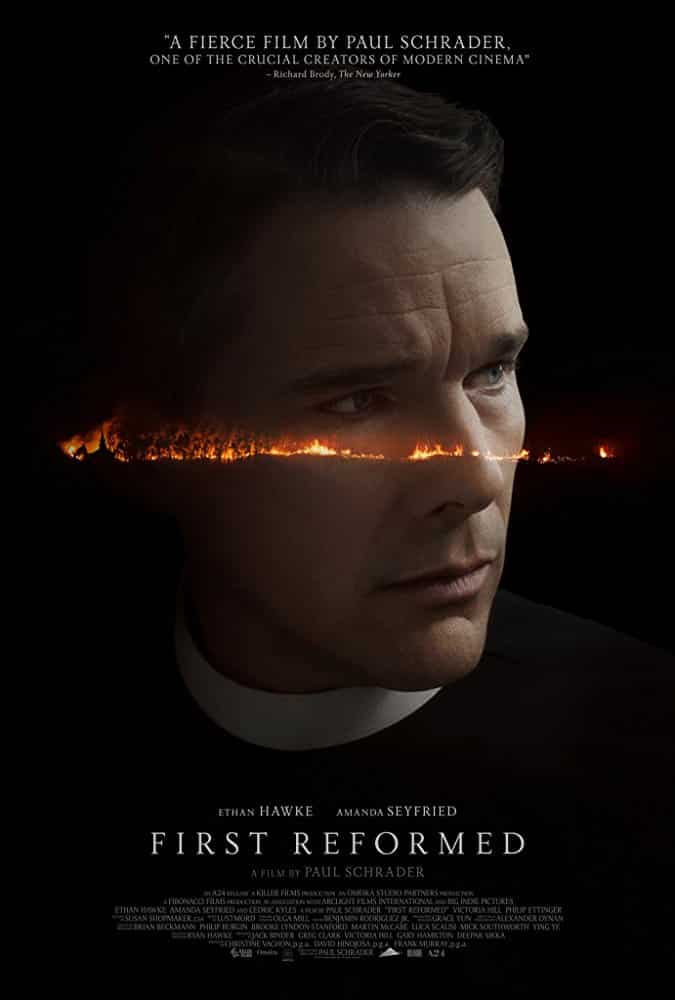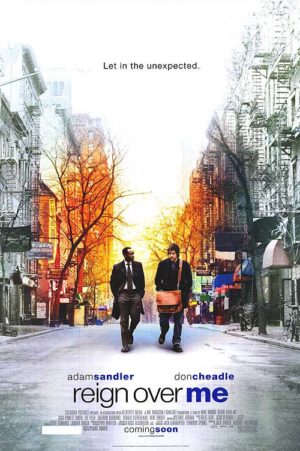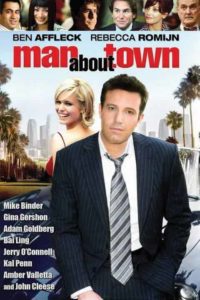5 Steps to Creating a Professional Film Budget for Your Movie
Creating a professional film budget for a feature film or a television show is a time honored tradition and craft of the Line Producer or Unit Production Manager. Using extensive experience in making films over many years the process draws on skills learned during these years of production and filmmaking.
To create a film or tv budget Line Producers and Production Managers apply their knowledge and process to create a real film budget and schedule which is used by financiers, investor, banks, film tax credit authorities, foreign sales companies and distributors to evaluate and execute the vision of the screenwriter and the director in coordination with the goals of the producer.

Here are the steps undertaken in creating a professional film budget & schedule:
1. Screenplay Reading – Creative Pass
The screenplay or teleplay is read for creative value and consideration first in order to take on the story, characters, dialogue and plot of the script.
The stars involved in productions Produced by Jack Binder
2. Screenplay Reading – Production Pass
A second reading is undertaken to evaluate the script from a production viewpoint. Attention is paid to the overall elements, setting and style of the work.
3. Screenplay Breakdown
The next step is a complete breakdown of the total production and creative elements in the screenplay which are required to bring the production to life. Key considerations include bringing experience to bear to determine what the budget level for the picture will fall into: big budget major studio, indie film budget, low-budget or micro budget.
Cast – What level of cast does the story and production call for? How many? Will the highest level of stars be required or a variety of talent levels.
Setting/Locations – Using the Setting as a guide, location considerations are analyzed. Are there multiple countries? Multiple cities? Are there a large amount of locations or is the screenplay contained in its requirement?
Set Dressing – Is it Period? Will it require extensive Set Dressing components or will existing decorations be utilized and sufficient to achieve the vision?
Costumes/Wardrobe: Again, Period? Large Cast and various time periods which will affect the scope and amount of wardrobe required?
Special Effects: Are there needs for extensive Practical Effects (SFX)? Stunts? Pyro-technics? Mechanical rigging?
Transportation – Are there specific Transportation requirements? Travel? Picture Vehicles? Animals? to consider?
Post Production – Is the film, movie or television series heavy in VFX and CGI? Where will post production take place?
The list goes on to include all the departments and which are required to fulfill to requirements of the production. These are a few of the many, many considerations and preliminary decisions which must be analyzed during the screenplay breakdown process.
4. Create the Shooting Schedule
Based upon the Breakdown and the analysis of the screenplay elements a Shooting Schedule is then created. A veteran Line Producer or Production Manager will have great experience in creating and delivering productions based upon their Shooting Schedule. With many years of production experience, they have created and executed with the First Assistant Director and Director of their films.
- Each day is scheduled according to the scene work balance of the overall schedule.
- Best practices and knowledge gained over years of experience guide the creation of a realistic and efficient plan for the work to be done.
- Scene descriptions are included in the Stripboard Shooting Schedule to guide the crew.
- Character Identifications are included to advise what Cast members are working each day
Using the above information a Cast Schedule can be created indicating the amount and which days the Cast work. Likewise Locations Schedule and all unique equipment (cranes, rigs, steadicam, etc.) days are included in the Master Shooting Schedule.
5. Creating the Film Budget
Once these processes are undertaken we are ready to commence with the actual film budgeting for the movie. With the above information in hand realistic budgets can then be created.
Knowing the scope and scale of the production will guide this step. Is it a big budget requirement, low budget or micro-budget or somewhere in between? Is this a Major Studio movie or an independent film production? These are critical factors in the creation of the professional film budget.
Based upon the Setting and Locations envisioned for the picture then the best production center is chosen to shoot the film. The budget will consider these factors in selecting the ideal location to base the production.
Creative consideration is the top priority: can we shoot what the screenplay calls for in this particular region, country and city?
Production viability is then determined. Is there a sufficient film production crew base at this location? Will crew members need to be transported to this location? Is there adequate production support for equipment, materials and services? Hotels?, etc.
Next, finance consideration is analyzed. Assuming the best location is chosen for the creative and production value, what local film tax credit or production incentive is offered by this geographical area?
Countries worldwide offer film tax credits and incentives to film in their region. U.S. States likewise offer lucrative film tax incentives to draw production dollars and generate economic impact in their locales. Your film financier will most definitely consider and insist upon this as a key factor in choosing a location to shoot the movie or tv program.
Based upon these factors, with the right location chosen to shoot, the costs are then calculated.
What are the local crew rates?
What are the local materials and services needed and how much do they cost?
How much are the costs of getting the cast and crew to the location?
All of these decisions are evaluated and the studio or indie film budget process gets down to the nitty-gritty of evaluating the costs of each element involved in the production. Cast fees, location expenses, production crew, logistics, travel, permits, etc. are included.
Productions are unique and each must be analyzed individually. The overriding goal is the create the greatest production value for the most efficient price.
Once these matters are analyzed and included based upon extensive experience the final step is to ensure inclusion of all expenses, including: Completion Bond, Insurance, Contingency, Finance Costs, Union and Guild Health & Pension costs, Cast Perks, etc. to create a realistic budget for the movie production.
While this is a summary of the work and knowledge that goes into the film budget process it is certainly not complete but should give an approximate overview of the process.
Financiers, Producers, investors, government institutions, production companies and sales companies rely on the accuracy of the work of the Line Producer or Production Manager to effectively and precisely understand and present the true cost of bringing the film to the screen. Small errors can compound to create enormous gaps in the overall financing of the film which can seriously impact the completion and delivery to distributors and therefore returns to investors.
Contact FilmBudget.com to obtain an instant quote on your film for a professional film budget and schedule, film tax credits and production incentives analysis and Film Finance Plans for your production.
Film Budget Inc. has created hundreds of budget and schedule packages for individuals, the Major Hollywood Studios, Mini Majors and independent production companies, financiers, investors and banks in addition to all of those of our own projects.
Jack Binder is Major Studio and Indie Film Producer with over 25 years of experience and the Founder of FilmBudget.com
Jack has served as an On-the-Lot Producer at The Walt Disney Company and Columbia Pictures (Sony Pictures Entertainment) and as the responsible Producer on productions for those Studios as well as New Line Cinema, Lionsgate Films, HBO, Sunlight Productions and many more major and independent film and tv production companies.
Binder’s international film production company is Greentrees Films
FilmBudget.com Founder & Producer Jack Binder Producer Credits
– Actress Keri Russell, one of the stars of the new comedic drama film “The Upside of Anger,” poses as she arrives for the film”s premiere in Los Angeles. The film stars Joan Allen who plays a suburban housewife with four young adult daughters who is left to raise them on her own, but soon falls in love with a neighbor played by Kevin Costner. The film opens in Los Angeles and New York March 11. REUTERS/Fred Prouser PREMIERE










